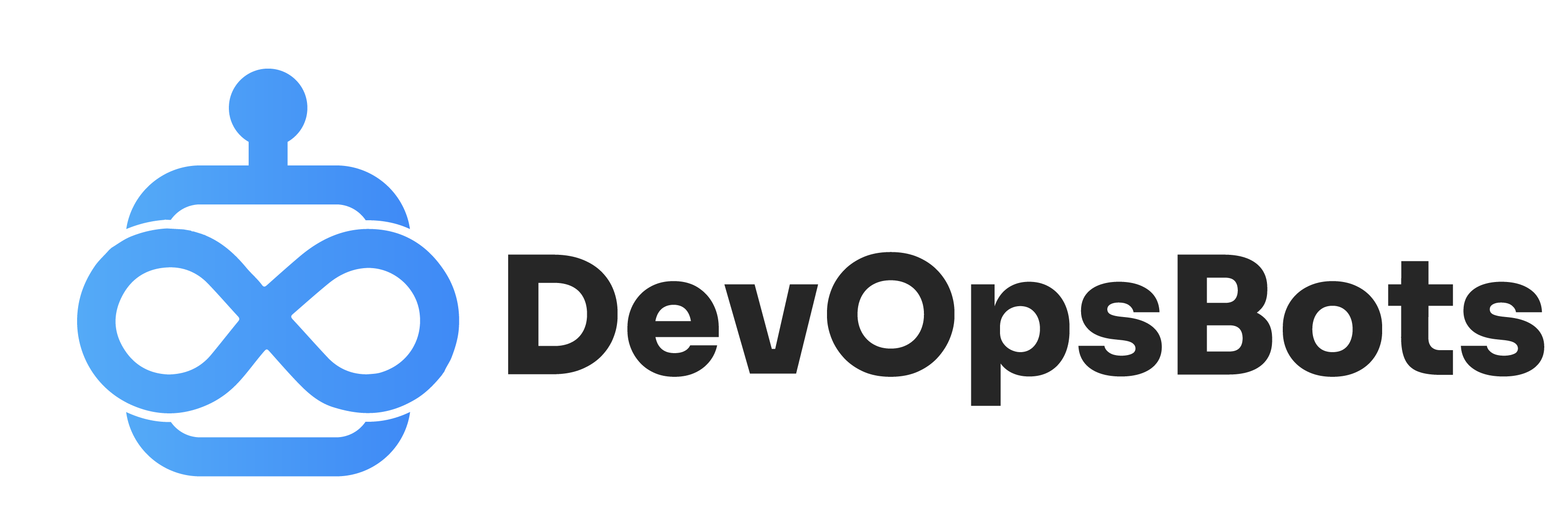Top 20 Interview Questions and Answers on Istio Service Mesh Networking K8’s
Istio is a critical tool in modern DevOps for managing service-to-service communication in microservices architectures. This service mesh provides a way to control how different parts of an application share data with one another over a network. For those preparing for an interview or looking to understand Istio better, here are the top 20 questions specifically about Istio service mesh networking:
- What is Istio and why is it important in microservices architectures?
Istio is an open-source service mesh that helps manage the complexity of microservices communications. It provides capabilities like traffic management, service discovery, load balancing, failure recovery, metrics, and monitoring, as well as more complex operational requirements like A/B testing, canary rollouts, rate limiting, and access control. - What components make up the Istio architecture?
Istio consists of several key components:- Pilot: Responsible for service discovery and for configuring the Envoy proxies at runtime.
- Citadel: Provides identity and certificate management.
- Envoy: Sidecar proxies deployed alongside your application.
- Mixer: Handles telemetry and policy enforcement.
- Galley: Validates, ingests, aggregates, transforms and distributes config within Istio.
- How does Istio perform traffic management?
Istio uses a set of rules that control the routing of traffic between microservices. It allows you to configure load balancers, failovers, canary rollouts, etc., directly instead of having these capabilities embedded in application code. - Explain the role of Envoy in Istio.
Envoy is a high-performance proxy developed by Lyft to mediate all inbound and outbound traffic for all services in the service mesh. Istio leverages Envoy’s dynamic routing capabilities to control traffic flow at runtime. - What are Istio’s capabilities regarding security?
Istio provides comprehensive security features that include identity, trust, encryption, authentication, authorization, and audit (AAA) tools to secure microservices and the communication between them without requiring changes to their code. - Describe how you can use Istio for traffic splitting.
Istio allows traffic splitting to different versions of a service using virtual services and destination rules. This is commonly used for canary deployments, where a small percentage of the traffic is directed to a new version of a service. - How does Istio handle failures in the service mesh?
Istio provides several mechanisms to handle failures, including timeouts, retries, circuit breakers, and health checks. These tools help ensure that failures are isolated and do not propagate throughout the system. - What is a service mesh, and how does Istio fit into it?
A service mesh is a configurable infrastructure layer for a microservices application. It provides a way to control how different parts of an application share data with each other over a network. Istio fits into this as a layer to control, secure, and observe the network of microservices. - Can Istio manage traffic to services running outside of its service mesh?
Yes, Istio can be configured to manage traffic to external services using ServiceEntries, which allows you to manage traffic routes to externally hosted services from within Istio. - What is Istio’s automatic sidecar injection and how does it work?
Istio’s automatic sidecar injection refers to the automatic insertion of an Envoy proxy beside a service. Kubernetes provides a mutating webhook feature that Istio utilizes; when a pod is created, the Kubernetes API server calls the webhook, which injects the Envoy proxy as a sidecar container into the pod. - Explain the concept of a VirtualService in Istio.
A VirtualService in Istio lets you configure how requests are routed to a service within an Istio service mesh. VirtualServices can be used to configure traffic routes for HTTP, TCP, and gRPC protocols based on criteria like URI, headers, and more. - What is a Gateway in Istio?
A Gateway in Istio configures a load balancer for HTTP/TCP traffic, most commonly operating at the edge of the mesh to enable inbound or outbound traffic for the mesh. - How do Istio and Kubernetes work together?
Istio integrates with Kubernetes to manage the deployment and execution of microservices across a cluster. Kubernetes handles the orchestration and lifecycle of containers, while Istio provides the necessary tools to control and observe the network between those containers. - What is the role of a DestinationRule in Istio?
A DestinationRule in Istio configures the policies that apply to traffic intended for a service after routing has occurred. This includes settings like load balancing policies, connection pool sizes, and outlier detection. - How does Istio support observability?
Istio supports observability via a comprehensive suite of tools that collect, report, and display metrics, logs, and traces. This includes:
Mixer: Although deprecated in the latest versions of Istio, Mixer was originally used to gather telemetry data
Envoy proxies: Automatically gather detailed telemetry for all mesh traffic, including request rates, response times, and status codes.
Prometheus: Istio uses Prometheus to collect time-series data about mesh traffic.
Grafana: Provides pre-configured dashboards that integrate with Prometheus to visualize the collected metrics.
Kiali: A management console for Istio that provides visibility into your service mesh, showing the topology and allowing you to analyze traffic flow between services.
Jaeger and Zipkin: These tools are used for tracing requests through the service mesh to understand call flows and latency issues. - What is Istio’s Policy & Telemetry component?
Istio’s Policy & Telemetry functionality allows you to define and enforce policies on your mesh traffic and gather telemetry data to provide insights into the mesh’s behavior. It supports access control, rate limiting, and quotas, along with gathering detailed telemetry data. - How do you secure service-to-service communication in Istio?
Istio secures service-to-service communication through automatic TLS (Transport Layer Security) encryption of traffic between Envoy sidecars, service identity verification, and powerful access control policies to ensure that services communicate only with authenticated and authorized services. - What is Istio’s AuthorizationPolicy?
AuthorizationPolicyenables access control on workloads in the mesh. You can specify detailed rules defining who can access which resources, based on identities, namespaces, groups, and other attributes. - How can Istio manage traffic from services outside the Kubernetes cluster?
Istio usesServiceEntriesto manage traffic to and from services outside the Kubernetes cluster. This enables Istio to treat external services as if they were part of the mesh, applying the same policies and rules as for internal services. - What are the benefits of using Istio over other service mesh solutions?
Istio offers several benefits over other service mesh solutions:
Integrated Observability: Offers detailed telemetry and tracing out of the box without any changes to the application code.
Robust Traffic Management: Provides fine-grained control over traffic with rich routing rules, retries, failovers, and fault injection.
Platform-agnostic: While it integrates tightly with Kubernetes, Istio is designed to run on a variety of environments including VMs and other orchestration platforms, providing a uniform service mesh across them.
Strong Security: Provides strong security features by default, including powerful identity and access management capabilities.
These questions and answers will give you a robust understanding of how Istio operates within a Kubernetes environment, focusing on its capabilities to manage, secure, and monitor microservices efficiently. Whether you’re preparing for an interview or aiming to implement Istio in your projects, these insights will help you harness the full potential of this powerful service mesh technology.


